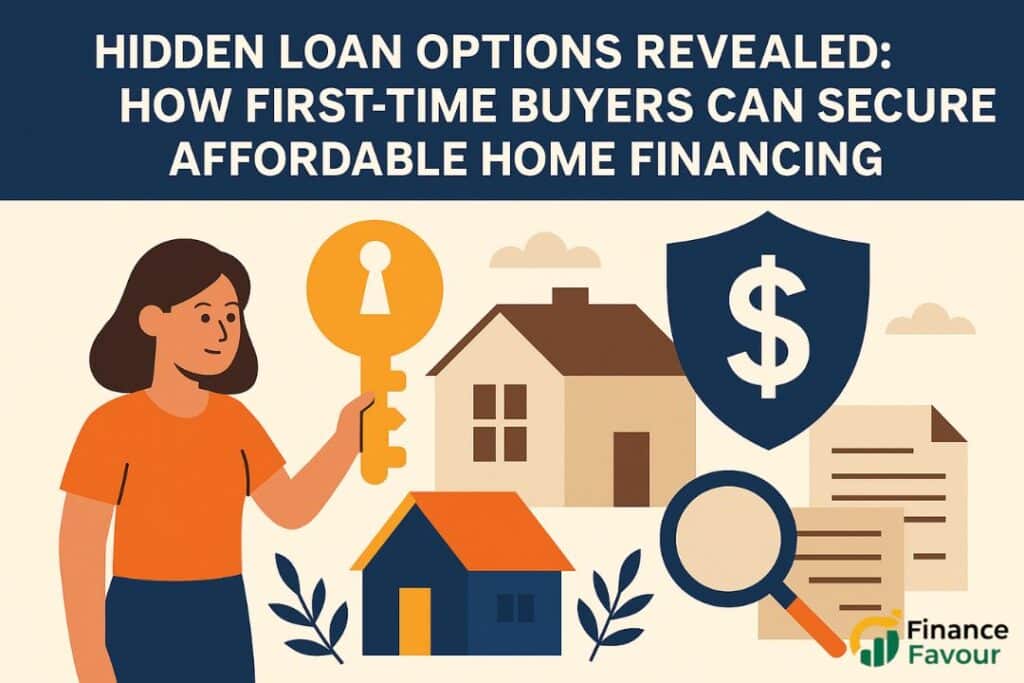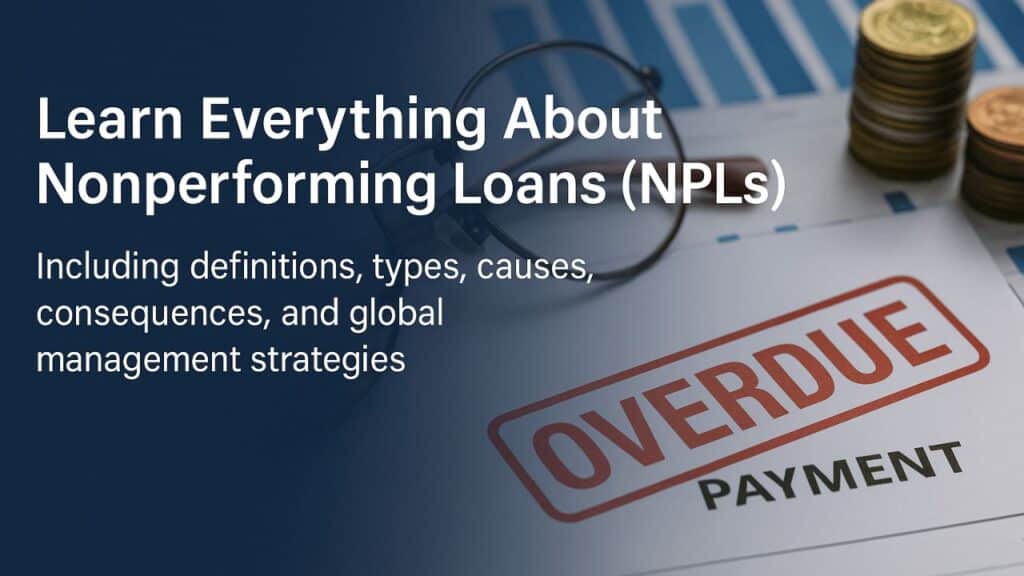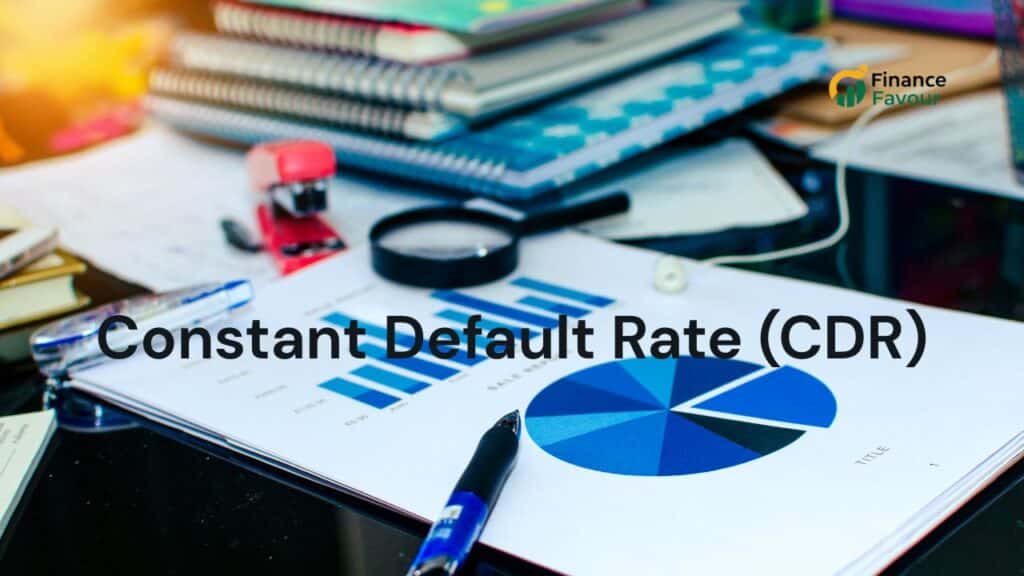Navigating the complexities of securing a home loan can be daunting, especially for those exploring the diverse landscape of U.S. real estate financing. Among the myriad options available, the Debt Service Coverage Ratio (DSCR) loan emerges as a compelling tool for both foreign investors and homebuyers looking to unlock new possibilities. Traditionally associated with investment properties, a DSCR loan can indeed be leveraged for a primary residence, offering a unique pathway to affordable housing. In this blog post, we unravel the potential of utilizing a DSCR loan for your primary residence, highlighting its benefits and how it can serve as a strategic financing option in today’s competitive real estate market. Whether you’re seeking to invest in your dream home or broaden your real estate investment portfolio, understanding DSCR can open doors to opportunities previously unseen.
Understanding DSCR Loans
Before diving into the specifics of using DSCR loans for primary residences, it’s crucial to understand what these loans are and how they differ from traditional mortgage options. This section will break down the fundamentals of DSCR loans, their benefits, and how they compare to conventional financing methods.
What is a DSCR Loan?
A DSCR loan, or Debt Service Coverage Ratio loan, is a type of financing that focuses on the property’s income potential rather than the borrower’s personal income. This unique approach makes it particularly attractive for real estate investors and, in some cases, homebuyers.
The DSCR is calculated by dividing the property’s net operating income by its total debt service. Lenders use this ratio to determine the loan’s viability and the borrower’s ability to repay.
For primary residences, DSCR loans can offer a pathway to homeownership for those who might not qualify for traditional mortgages due to non-traditional income sources or self-employment.
Key Benefits for Homebuyers
DSCR loans offer several advantages that can make them an attractive option for homebuyers, especially those with unique financial situations.
Firstly, these loans often have more flexible income requirements. This can be particularly beneficial for self-employed individuals or those with variable income streams who might struggle to meet traditional mortgage criteria.
Secondly, DSCR loans can potentially allow for higher loan amounts compared to conventional mortgages, as they’re based on the property’s potential income rather than the borrower’s personal income.
Lastly, the approval process for DSCR loans can be faster and more streamlined, as there’s less focus on extensive personal financial documentation.
DSCR vs Traditional Loans
When comparing DSCR loans to traditional mortgages, several key differences emerge:
| Feature | DSCR Loans | Traditional Loans |
| Income Verification | Based on property income | Based on personal income |
| Credit Requirements | Often more flexible | Typically stricter |
| Down Payment | May be higher | Can be as low as 3-5% |
| Interest Rates | Generally higher | Often lower |
| Approval Speed | Typically faster | Can be lengthy |
DSCR loans shine in scenarios where the property’s income potential is strong, but the borrower’s personal financial situation might not meet conventional lending standards. However, they may come with higher interest rates and down payment requirements.
Traditional loans remain the go-to option for many homebuyers due to potentially lower interest rates and down payments. They’re ideal for those with stable, well-documented income and strong credit scores.
DSCR Loans for Primary Residences
While DSCR loans are commonly associated with investment properties, they can also be utilized for primary residences under certain circumstances. This section explores how homebuyers can leverage DSCR loans for their personal homes, the criteria involved, and real-world applications.
Eligibility Criteria Explained
To qualify for a DSCR loan for a primary residence, borrowers must meet specific criteria that differ from traditional mortgage requirements.
The primary factor is the property’s potential rental income. Even if you plan to live in the home, lenders will assess its income-generating capability. This often means the property must be in a desirable location with strong rental potential.
Credit scores still play a role, but DSCR loans may offer more flexibility. Typically, a minimum score of 620-640 is required, though this can vary by lender.
Debt-to-income ratios are less critical for DSCR loans, as the focus is on the property’s income potential rather than the borrower’s personal income.
Advantages and Limitations
DSCR loans for primary residences offer unique advantages but come with certain limitations that borrowers should consider.
Advantages:
- Easier qualification for self-employed or non-traditional income earners
- Potential for larger loan amounts
- Faster approval process
Limitations:
- Higher interest rates compared to conventional mortgages
- Larger down payments often required (typically 20-25%)
- Property must have strong rental potential
It’s crucial to weigh these factors carefully and consider your long-term financial goals before opting for a DSCR loan for your primary residence.
Case Studies: Real-Life Applications
Let’s examine two real-world scenarios where DSCR loans were successfully used for primary residences:
Case 1: Self-Employed Entrepreneur
- Situation: High income but irregular pay schedule
- Challenge: Difficulty qualifying for traditional mortgage
- Solution: DSCR loan based on property’s rental potential
- Outcome: Successfully purchased home in high-demand area
Case 2: Foreign Investor
- Situation: Relocating to U.S., limited credit history
- Challenge: Unable to meet traditional loan requirements
- Solution: DSCR loan focusing on property’s income potential
- Outcome: Acquired primary residence while building U.S. credit history
These cases highlight how DSCR loans can provide viable alternatives for homebuyers facing unique challenges in the traditional mortgage market.
Financing Options for Homebuyers
Navigating the array of financing options available to homebuyers can be overwhelming. This section compares various mortgage solutions, explores how DSCR loans can benefit foreign investors, and provides tips for securing these unique loans.
Comparing Mortgage Solutions
When considering home financing, it’s essential to understand the range of options available. Here’s a comparison of common mortgage solutions:
- Conventional Mortgages: Traditional loans with strict credit and income requirements.
- FHA Loans: Government-backed loans with lower down payment options.
- VA Loans: Exclusive to veterans and active military, offering favorable terms.
- DSCR Loans: Based on property income potential, suitable for investors and some primary residences.
Each option has its pros and cons, and the best choice depends on your individual circumstances, financial situation, and long-term goals.
DSCR for Foreign Investors
DSCR loans can be particularly attractive for foreign investors looking to enter the U.S. real estate market. Here’s why:
- No U.S. credit history required: DSCR loans focus on the property’s potential, not the borrower’s credit history.
- Simplified income verification: Ideal for those with complex international income structures.
- Potential for larger investments: Can allow for higher loan amounts compared to traditional foreign national loans.
However, foreign investors should be aware of potential challenges, such as higher interest rates and the need for substantial down payments.
Tips for Securing DSCR Loans
To improve your chances of securing a DSCR loan for your primary residence, consider these tips:
- Choose a property with strong rental potential
- Prepare a comprehensive rental income analysis
- Maintain a credit score of at least 620-640
- Be prepared for a larger down payment (20-25% typically)
- Work with a lender experienced in DSCR loans
- Consider the long-term financial implications, including higher interest rates
Remember, while DSCR loans can offer unique advantages, they’re not suitable for everyone. Carefully evaluate your financial situation and goals before proceeding.
Real Estate Investment Strategies
Understanding how to leverage DSCR loans effectively can significantly enhance your real estate investment strategy. This section explores ways to use DSCR for portfolio growth, diversification tactics, and the long-term benefits for investors.
Utilizing DSCR for Growth
DSCR loans can be a powerful tool for expanding your real estate portfolio. Here’s how investors can use them strategically:
- Faster scaling: DSCR loans often have quicker approval processes, allowing investors to act swiftly on opportunities.
- Income-focused approach: By emphasizing property income over personal finances, investors can potentially qualify for larger loans.
- Flexibility for various property types: DSCR loans can be used for residential, multi-family, and even some commercial properties.
Remember, while DSCR loans can accelerate growth, they also come with higher interest rates. Carefully balance the potential for rapid expansion against the increased costs.
Portfolio Diversification Tactics
Diversification is key to managing risk in real estate investment. DSCR loans can support this strategy in several ways:
- Geographic diversification: Use DSCR loans to invest in properties across different locations, spreading risk.
- Property type variety: Leverage DSCR financing to add different types of properties to your portfolio.
- Income stream diversification: Combine short-term rentals, long-term rentals, and primary residences financed through DSCR.
By thoughtfully using DSCR loans alongside other financing options, investors can build a well-rounded, resilient portfolio.
Long-term Benefits for Investors
While DSCR loans may have higher upfront costs, they can offer significant long-term benefits for savvy investors:
- Wealth accumulation: By focusing on income-producing properties, investors can build wealth over time.
- Tax advantages: Rental properties often come with beneficial tax deductions and depreciation allowances.
- Inflation hedge: Real estate investments can serve as a hedge against inflation, preserving wealth.
However, it’s crucial to consider the long-term implications of higher interest rates and plan for potential market fluctuations. Always consult with financial and tax professionals to optimize your investment strategy.
Affordable Housing Opportunities
DSCR loans can play a unique role in creating affordable housing opportunities, both for investors and potential homeowners. This section explores how DSCR loans intersect with affordable housing initiatives, creative financing solutions, and success stories in achieving homeownership.
DSCR in Affordable Housing
DSCR loans can contribute to affordable housing in several ways:
- Financing for multi-family properties: Investors can use DSCR loans to purchase and renovate multi-family units, potentially increasing affordable housing stock.
- Support for small-scale landlords: DSCR loans can help individual investors maintain and improve affordable rental properties.
- Pathway to homeownership: In some cases, DSCR loans can provide a route to homeownership for those who might not qualify for traditional mortgages.
While DSCR loans aren’t a panacea for affordable housing challenges, they can be a valuable tool in the broader ecosystem of housing finance.
Creative Financing Solutions
Combining DSCR loans with other creative financing approaches can unlock new affordable housing opportunities:
- Rent-to-own agreements: Use DSCR loans to finance properties that can be offered under rent-to-own arrangements.
- Community land trusts: Partner with non-profits using DSCR loans to finance homes on community-owned land.
- Cooperative housing: Utilize DSCR loans to finance properties for housing cooperatives.
These innovative approaches can help bridge the gap between renting and traditional homeownership, creating more accessible paths to stable housing.
Success Stories: Achieving Homeownership
Real-world examples demonstrate how DSCR loans have helped individuals achieve homeownership:
“The DSCR loan allowed me to purchase a duplex. I live in one unit and rent out the other, covering most of my mortgage. It’s made homeownership possible for me.” – Sarah, First-time Homeowner
Key takeaways from success stories:
- DSCR loans can enable “house hacking” strategies
- They provide opportunities for those with non-traditional income
- Creative use of DSCR loans can turn homeownership into an investment opportunity
While DSCR loans aren’t suitable for everyone, they’ve opened doors to homeownership for many who faced challenges with traditional financing.
Conclusion
In exploring the utility of DSCR loans for primary residences, it’s clear that these financial instruments offer unique advantages for non-traditional borrowers, such as self-employed individuals and foreign investors. By emphasizing a property’s income potential rather than a borrower’s personal finances, DSCR loans can provide a feasible pathway to homeownership in an increasingly competitive market. While these loans present higher interest rates and down payment requirements, their flexibility and faster approval processes make them an appealing choice for those who face hurdles with traditional mortgage methods. As you consider your options, it’s crucial to weigh the long-term financial implications and ensure that a DSCR loan aligns with your housing goals and investment strategies.
Check this post Understanding Foreign National Loans for Flip Finances
FAQs
Yes, a DSCR loan can be used for various primary residence types, provided the property has strong rental potential. Lenders will evaluate the property’s income-generating ability even if the borrower intends to live there.
Typically, a credit score between 620-640 is required for DSCR loans, though this can vary by lender. Some flexibility in credit score requirements may be available, particularly for borrowers with strong property income potentials.
No, while DSCR loans are particularly beneficial for foreign investors due to more flexible credit requirements, they are also suitable for self-employed individuals or domestic borrowers with non-traditional income sources.
The primary drawbacks include higher interest rates and larger down payment requirements compared to conventional mortgages. Additionally, the property must demonstrate strong rental income potential to qualify.
To prepare for a DSCR loan application, ensure the chosen property has strong rental potential, maintain a sufficient credit score, prepare for a significant down payment, and work with lenders experienced in DSCR loans.
Yes, DSCR loans can be creatively combined with other solutions like rent-to-own agreements or cooperative housing structures to expand affordable housing opportunities and meet diverse financial needs.
By understanding these aspects, potential borrowers can better navigate their financing options and make informed decisions regarding their path to homeownership.




